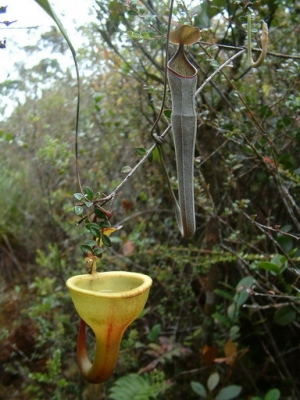
In biology, two related species or populations are considered sympatric when they exist in the same geographic area and thus frequently encounter one another. An initially interbreeding population that splits into two or more distinct species sharing a common range exemplifies sympatric speciation. Such speciation may be a product of reproductive isolation – which prevents hybrid offspring from being viable or able to reproduce, thereby reducing gene flow – that results in genetic divergence. Sympatric speciation may, but need not, arise through secondary contact, which refers to speciation or divergence in allopatry followed by range expansions leading to an area of sympatry. Sympatric species or taxa in secondary contact may or may not interbreed.
Syntopy is a special case of sympatry. It means the joint occurrence of two species in the same habitat at the same time. Just as the broader term sympatry, “syntopy” is used especially for close species that might hybridise or even be sister species. Sympatric species occur together in the same region, but do not necessarily share the same localities as syntopic species do. Areas of syntopy are of interest because they allow to study how similar species may coexist without outcompeting each other.
As an example, the two bat species Myotis auriculus and M. evotis were found to be syntopic in North America. In contrast, the marbled newt and the northern crested newt have a large sympatric range in western France, but differ in their habitat preferences and only rarely occur syntopically in the same breeding ponds.
Picture Credit : Google




